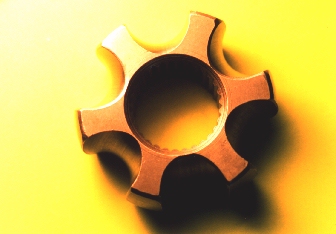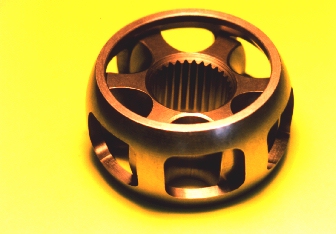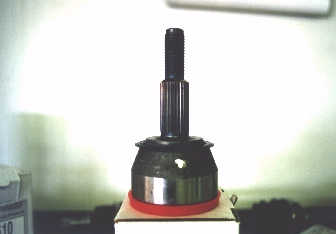
A CV axle is the connection between the drive (source of power) and the driven (part being set in motion) ends. There are many applications for CV joints from automotive, industrial, marine etc. CV joints are special joints that allow for the smooth transmission of power from the drive end to the driven end with greater efficiency than universal joints. There are CV joints that allow for the steering of a car (high angle) and the suspension travel (plunge or axial movement). CV joints also allow for greater angle misalignment between drive and driven ends than universal joints. This makes CV joints a good choice for marine applications since the CV will not add vibration and noise to the vessel. CV joints may actually reduce the noise transmitted making for quieter cruising. CV joints are ideal for industrial uses as well since they are more efficient than universal joints and can work at greater angles allowing for more compact machines. CV joints can reduce the wear caused by standard universal joint type shafting. Since the CV design also isolates the drive and driven units it also reduces the amount of induced noise and makes for quieter factories.
Advantages:
- Greater angle capability
- Smoother
- Quieter
Disadvantages:
- Expense
- Boot
Below are the components of a CV joint
the inner race

The inner race is the drive gear of the outer cv joint. It applies the torque from the cv axle shaft to the ball bearings. The bearings are centered in the cv joint by another piece known as the cage (below). This piece keeps the ball bearings in place. Without the cage the balls would fall out.

Lastly the torque is transferred to the outer housing. These take on many different shapes do to the many different manufacturers designs. They all do the same thing, transmit the torque to the wheel.

What makes CV style drive train more efficient? There are no angular velocity changes that are found in u-joint style shafts. The CV joint style does not have this velocity change, hence, the name constant velocity. An added benefit of CV style shafts is that they can operate at angles u-joint designed shafts cannot handle. CV axles are found in front wheel drive cars, front axles in 4x4 vehicles, drive shafts, industrial, racing and many different applications where a shaft is needed that delivers a smooth torque transfer.